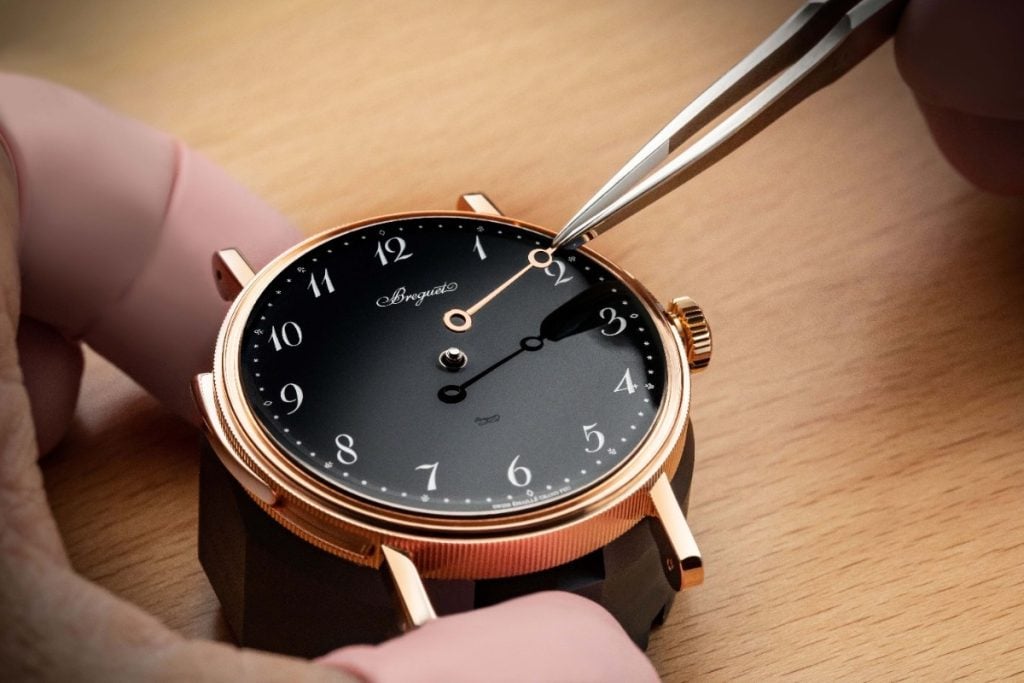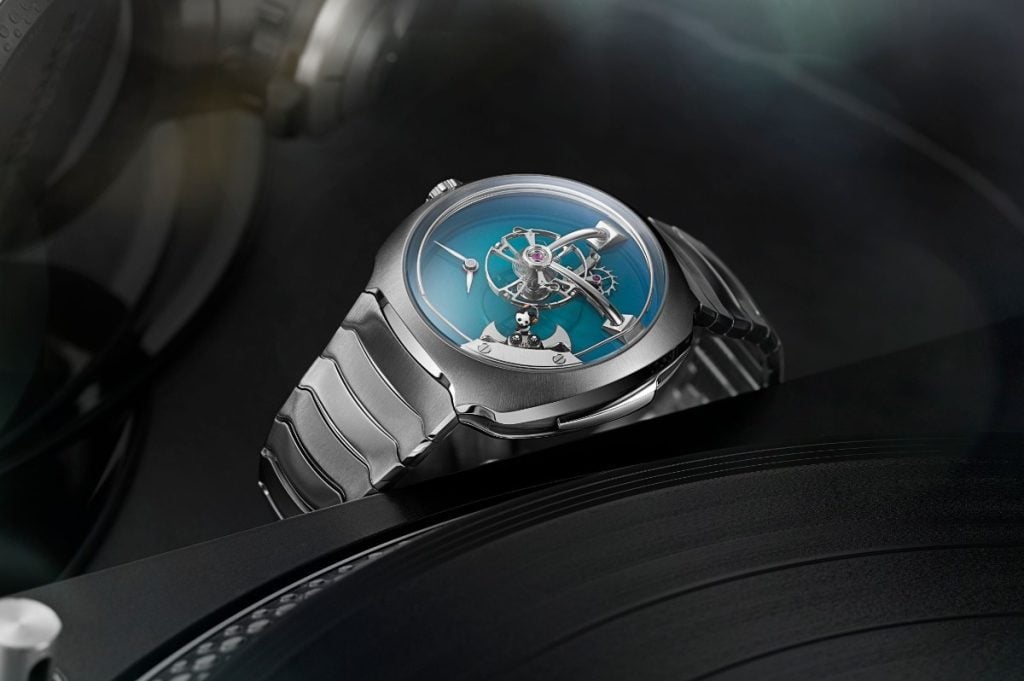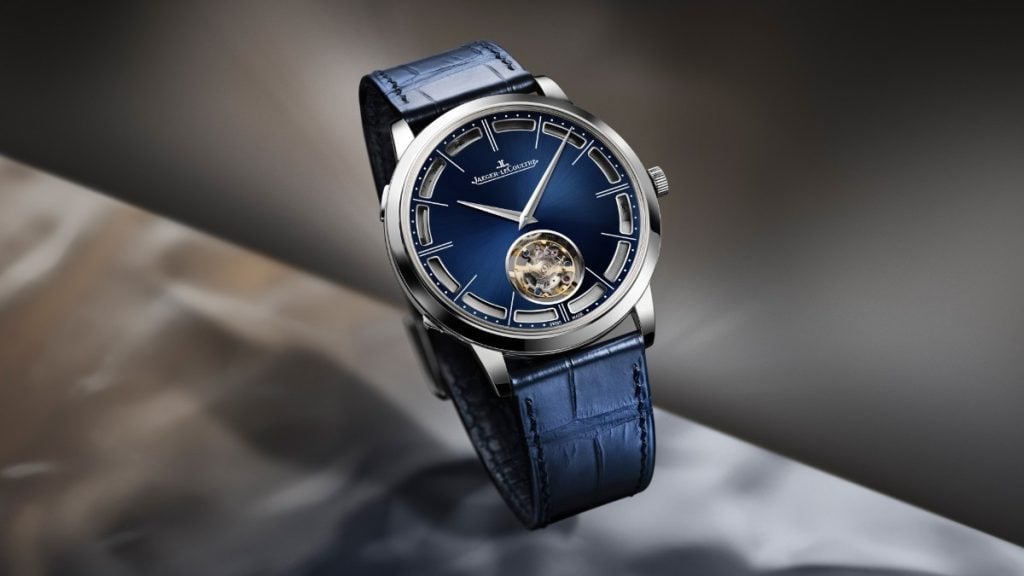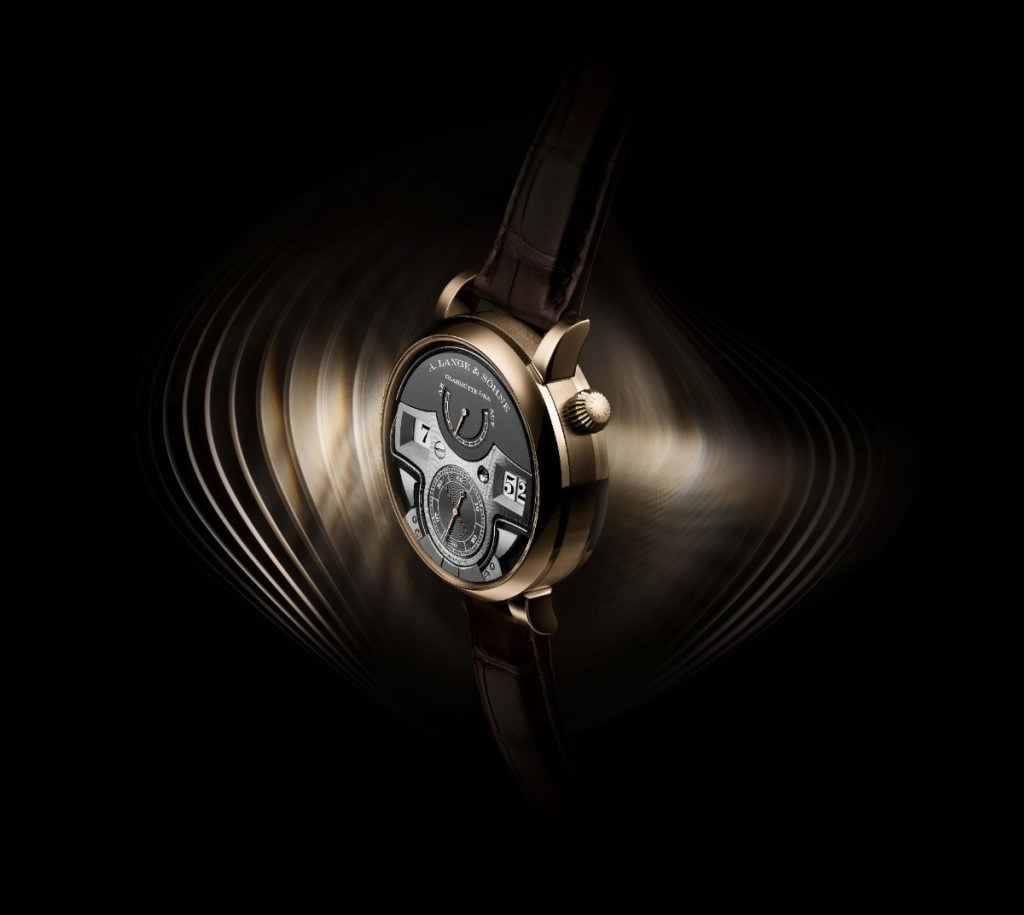How A Minute Repeater Turns Time Into Music: The Art And Mechanics Behind Watch Gongs
Discover the intricate beauty of the minute repeater — one of watchmaking’s most poetic complications — and how gongs and hammers transform mechanical precision into musical timekeeping
There are complications that measure time, and then there are those that make time sing. The minute repeater belongs firmly to the latter. A triumph of mechanical poetry, it allows a watch to chime the hours, quarters, and minutes on demand — a feat that turns the silent passage of time into a symphony of sound. To own a minute repeater is not just to wear a watch; it is to carry a concert of craftsmanship on your wrist.
Originally conceived before the advent of electric light, the minute repeater served a practical purpose — to tell time in the dark through sound. Yet what began as functionality evolved into one of haute horlogerie’s most coveted expressions of artistry. Today, it remains the ultimate conversation between precision and emotion, blending centuries of tradition with the delicate touch of human craftsmanship.
The Heartbeat Behind the Chime

At the core of a minute repeater lies a mechanical marvel. When the slide or pusher is activated, a complex series of gears, racks, and snails begin their orchestrated dance. Each component has one task — to translate time into tone. The mechanism strikes the hours on a low note, the quarters on a double chime (a combination of high and low notes), and the minutes past the last quarter on a high note.
The most captivating part of this performance is delivered by the gongs — slender coils of hardened steel that encircle the movement like a hidden harp. These gongs are hand-tuned by master artisans to achieve the perfect resonance, clarity, and duration of sound. A single vibration too high or low, and the watch loses its harmony.
The Role of the Gong

The gong is, quite literally, the voice of the minute repeater. Each one is meticulously shaped, tempered, and anchored to the watch’s movement to ensure that it transmits sound with both precision and beauty. The material’s density, the tension of the coils, and even the construction of the case influence how the chime will sound — whether crisp and bright, or warm and sonorous.
Brands like Patek Philippe, Vacheron Constantin, and A. Lange & Söhne spend months perfecting the sound signature of each repeater. In Patek’s workshops, artisans often listen to dozens of chimes before approving a single watch for delivery. The case material — be it platinum, gold, or titanium — becomes part of the instrument, subtly altering tone and timbre. The result is a miniature orchestra, where each gong and hammer plays its role in unison, transforming time into pure emotion.
The Purpose Beyond Precision

In an era where atomic clocks define accuracy, the minute repeater’s purpose transcends measurement. It is a reminder that luxury lies not in efficiency but in experience — in the quiet ritual of pressing a slide and hearing the heartbeat of centuries echo in a few perfect notes.
Collectors often describe their first encounter with a minute repeater as unforgettable. The sound is intimate, resonating softly through the wrist — a dialogue between metal and mind. It’s a rare complication that speaks to emotion, nostalgia, and artistry all at once.
The Masters of the Chime

Patek Philippe remains the undisputed master of the minute repeater, creating pieces whose tonal quality borders on musical perfection. Its Grand Complications series, particularly the Ref. 5303R, showcases open-worked architecture that allows one to see the hammers and gongs in motion — a theatre of sound and sight. A. Lange & Söhne brings German precision to the complication with its Zeitwerk Minute Repeater, a digital display that harmonises mechanical logic with musical artistry. Meanwhile, Audemars Piguet’s Royal Oak Concept Supersonnerie reengineered the acoustic architecture itself, amplifying resonance while refining tone. Each brand treats the minute repeater as a signature — not merely a function, but a philosophy.
The Resonance of Craft
The beauty of the minute repeater lies not in its necessity but in its defiance of it. It represents the intersection of innovation, patience, and soul — a reminder that even in our digital age, sound can still be handmade. The gongs may be hidden, their music fleeting, but the emotion they evoke lingers long after the final chime fades.